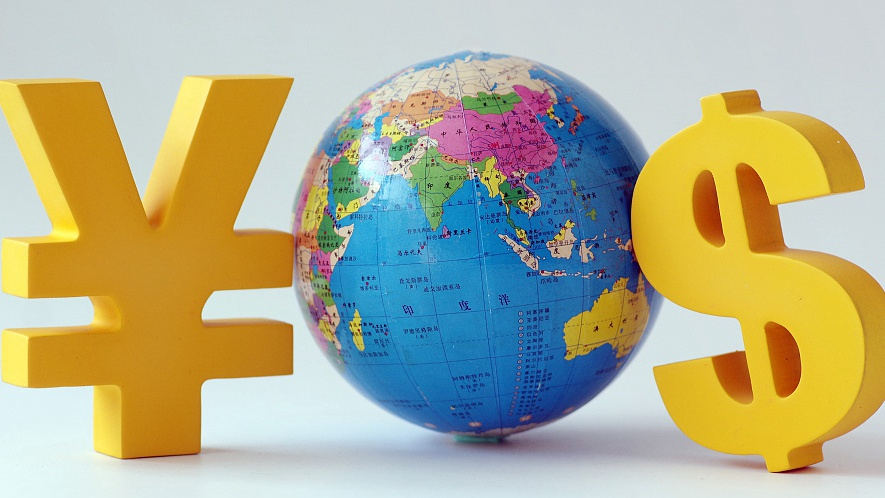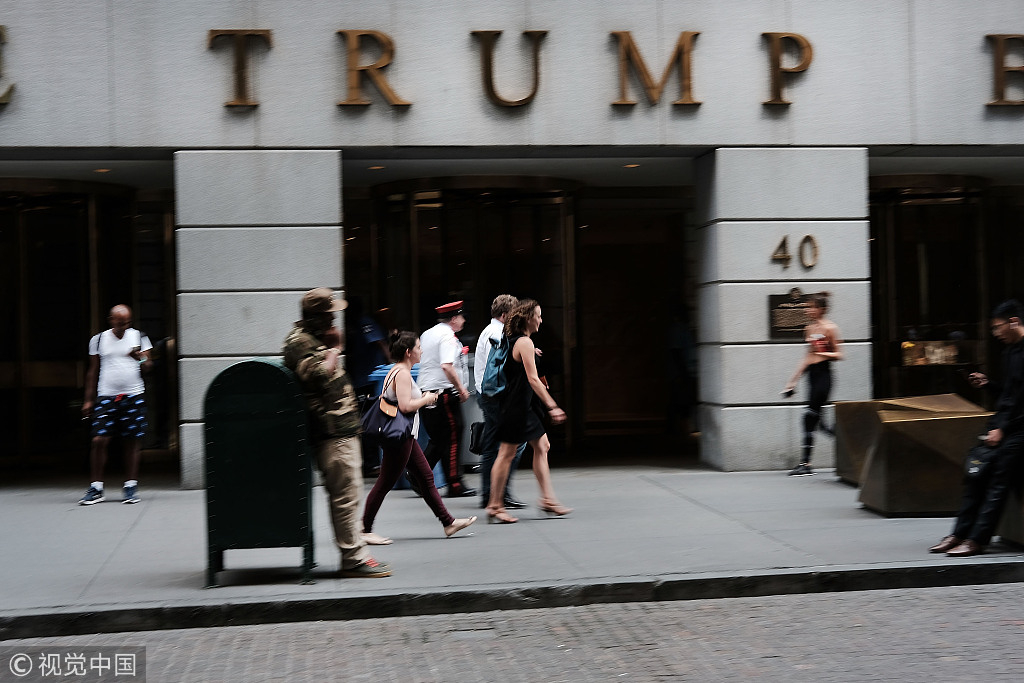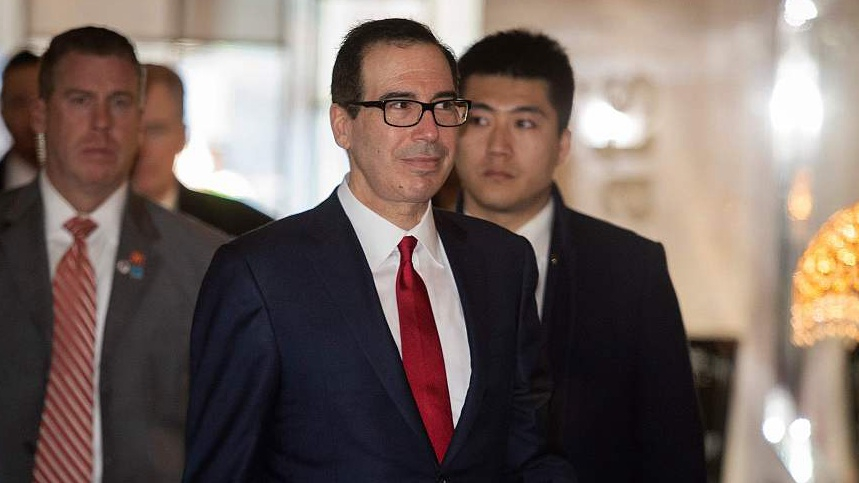
Opinion
17:38, 20-Feb-2019
What’s special about the next round of China-U.S. trade talks?
Updated
21:05, 20-Feb-2019

Editor's note: This article is an edited translation from a Chinese story initially published on the WeChat account of Bullpiano on February 19. The article reflects the author's opinion, and not necessarily the views of CGTN.
At the invitation of the U.S. side, Chinese President Xi Jinping’s special envoy and Vice Premier Liu He, also a member of the Political Bureau of the Communist Party of China Central Committee and chief of the Chinese side of the China-U.S. Comprehensive Economic Dialogue, has arrived in Washington for the seventh round of high-level economic and trade negotiations with United States Trade Representative (USTR) Robert Lighthizer and Secretary of the Treasury Steven Mnuchin from February 21 to 22.
On the U.S. side, the White House also issued a statement, the opening paragraphs of which read:
“Today, President Donald J. Trump announced that the United States will welcome an official delegation from China for a series of meetings starting on February 19, 2019, to discuss the trade relationship between the two countries.”
The principal-level meetings will begin on February 21.
For the United States, these meetings will be led by United States Trade Representative Robert Lighthizer and will include Secretary of the Treasury Steven Mnuchin, Secretary of Commerce Wilbur Ross, Assistant to the President for Economic Policy Larry Kudlow, and Assistant to the President for Trade and Manufacturing Policy Peter Navarro.
These meetings were preceded by deputy-level meetings that began on February 19, led by Deputy United States Trade Representative Jeffrey Gerrish.
What's special about the upcoming talks?
First, a special title.
In a Xinhua report, “Chinese President Xi Jinping's special envoy” is added as one of Liu He's titles. We first saw this title used when Liu He arrived in Washington for trade talks in May 2018. “Special envoy” means there are special duties and special authorization. The use of this title could be a signal that the trade talks are entering the most critical stage.
Second, special timing.
The fact that both the U.S. and Chinese sides released information at almost the same time on the same day suggests that both sides attach great importance to the talks.

A shopping center in New York. /VCG Photo
A shopping center in New York. /VCG Photo
The official welcome expressed in the U.S. statement by quoting President Trump also speaks volumes about his special attention and interest.
It is also interesting to note that the previous round of talks started on February 14 when the U.S. negotiators spent the international day of romance with their Chinese counterparts instead of their loved ones, whereas the Chinese delegation for the upcoming talks arrived in Washington on February 19 when people in China were celebrating the traditional Lantern Festival.
The talks go ahead even during festivals, which points to the urgency and the hard work of both sides to wrap up the negotiations.
It must be a bitter battle to negotiate with the U.S.; of course, it is far from easy for the U.S. side to confront an opponent like China.

American Treasury Secretary Steven Mnuchin. /VCG Photo
American Treasury Secretary Steven Mnuchin. /VCG Photo
Third, special arrangements of delegation leaders. From the Chinese message and the White House statement, this round of talks will still be led by Vice Premier Liu He on the Chinese side and Robert Lighthizer and Steven Mnuchin on the U.S. side.
For the past six rounds of high-level consultations since last February, the Chinese side has been led by Vice Premier Liu He throughout, but the U.S. side was led by Steven Mnuchin in the first round, by Wilbur Ross in the second and jointly by Steven Mnuchin and Robert Lighthizer after that.
It takes wisdom to remain unchanged when your opponent is making changes, an act only one with a full picture in mind can stage. It takes courage to shift strategies when you find yourself at a disadvantage in a fight or negotiation.
Now all eyes are on Washington. Given what has happened over the past year, it must be very clear for the U.S. that China has been and will be unswerving in defending its core interests.
The conflict has proved to be not that simple and China has proved to be not that vulnerable, as mistakenly believed by President Trump when he launched the trade war one year ago; otherwise, there would be no need for intensive talks.
Both sides have realized that negotiation is the best way out of a trade war that hurts everyone.
Of course, in the process, there would be a variety of glitches or setbacks, or a few petty tricks behind the scenes, which are intended to put pressure on the other side of the talks.
What shall we do?
According to Xinhua News Agency, during a meeting with United States Trade Representative Robert Lighthizer and Treasury Secretary Steven Mnuchin a few days ago, President Xi Jinping said that cooperation is the best choice for both and China would like to address the problems of economic and trade frictions with the United States in a cooperative way to promote the conclusion of a deal acceptable to both sides.
China's attitude is simple and clear: China is ready to cooperate with the U.S. side to reach an agreement acceptable to both sides, but the cooperation must be principled.
We all know what it means.
The U.S. must have got the point.

SITEMAP
Copyright © 2018 CGTN. Beijing ICP prepared NO.16065310-3
Copyright © 2018 CGTN. Beijing ICP prepared NO.16065310-3